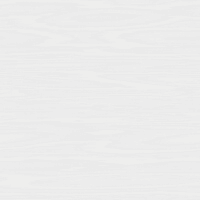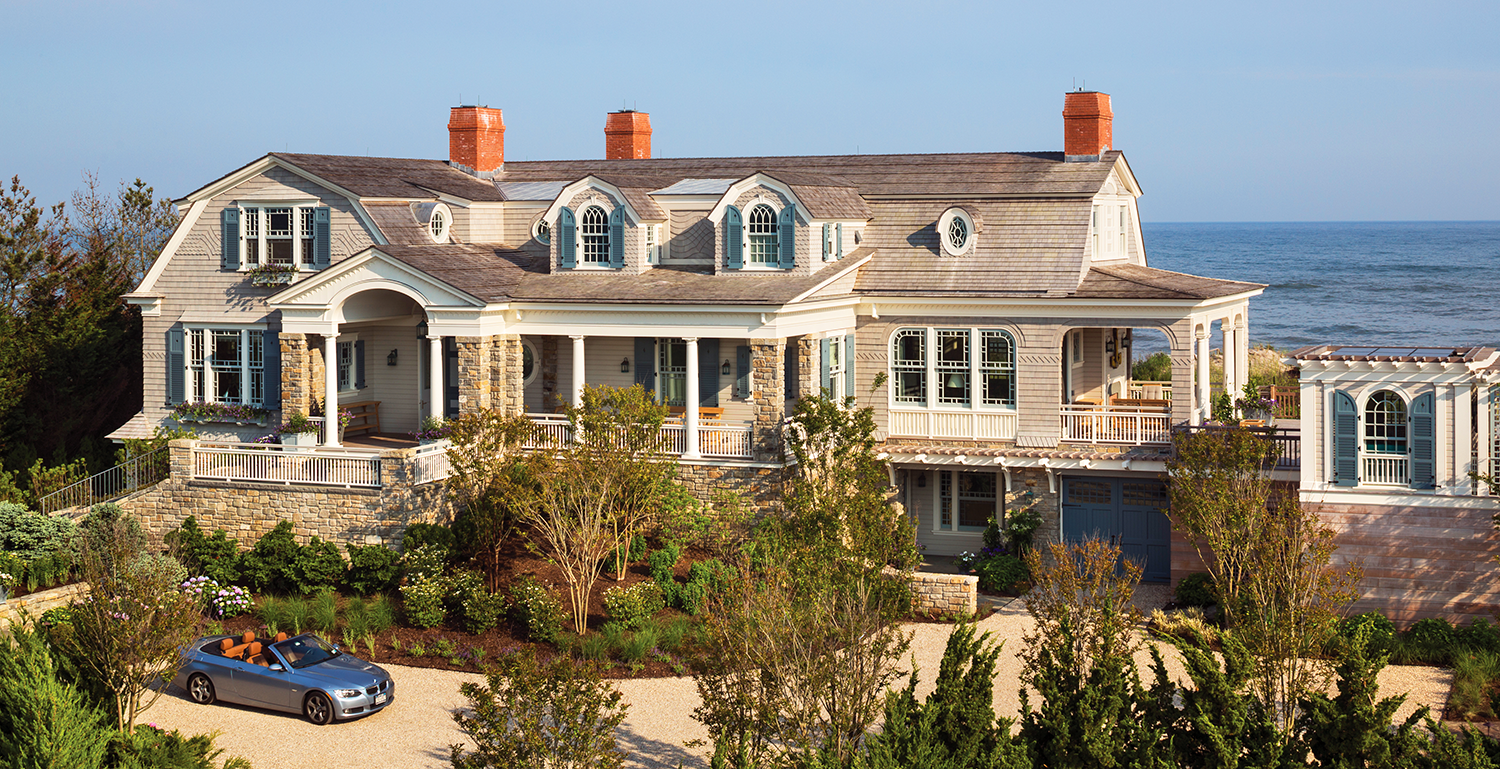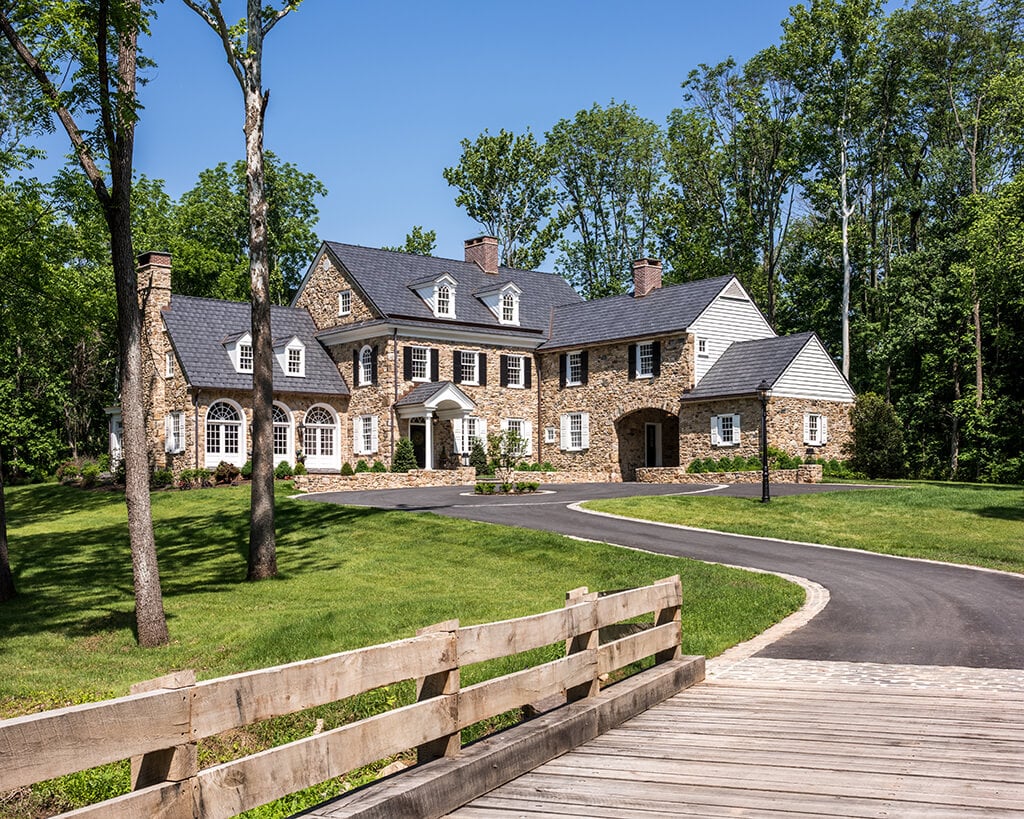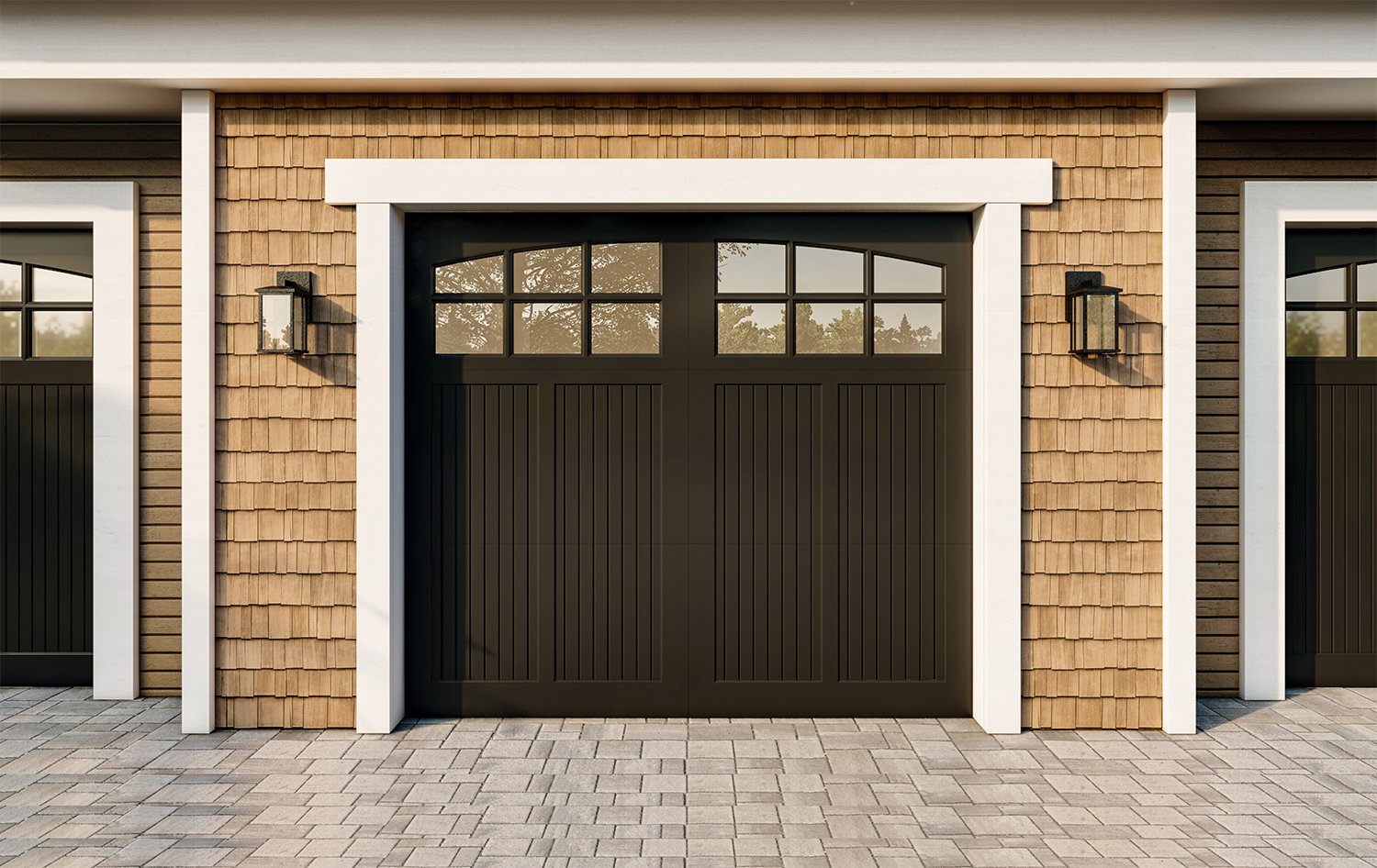/side-view-of-gothic-revival-home-2.png?width=611&height=457&name=side-view-of-gothic-revival-home-2.png)
When considering exterior shutters for a house, some trade professionals and homeowners understandably think only of the home’s front.
The street-facing or driveway-facing facade is what welcomes residents home every day, and it’s what makes an impression on visitors and prospective buyers. Window shutters that are thoughtfully paired with a home’s design provide eye-catching curb appeal, but people sometimes don’t think beyond the front curb.
Yet the attentive placement of shutters across the entire exterior enhances a home’s architecture, materials and color palette. If the shutters are functional, they offer practical advantages as well.
That said, not all windows call for shutters. Following are factors that affect whether shutters will complement side and rear windows, as well as a look at shutters’ merits when deployed with side and back windows.
External Shutters and Popular Home Styles
Some exterior shutter styles are deeply ingrained with particular home types.
For instance, it’s virtually impossible to imagine a French Country or Cape Cod house without board-and-batten shutters. The characteristic planking of board-and-batten shutters adds to the rustic charm of these homes.
Residential architecture that originated in the Mediterranean commonly features louver shutters. The architects of Greek Revival, Italianate and Spanish Revival homes have long deployed colorfully painted or richly stained louver shutters to provide visual interest against the houses’ often-neutral exteriors. Operable louver shutters allow the management of natural light and airflow.
Many home styles that emerged in the New World adopted panel shutters. Colonial and Federal homes, for example, frequently utilize dark-toned panel shutters to augment the undertones of brick or contrast neutral-colored paneling. When functional, panel shutters facilitate the control of light, ventilation and privacy.
Historically, shutters were operable and used in conjunction with most windows that had sufficient space for the shutters to open and close (in addition to their other pragmatic virtues, shutters protected windows and interiors from adverse weather). Likewise, many modern homes can profit from functional shutters and may appear to lack visual harmony if prominent windows are shutterless.
Exterior Shutters and Window Types
External shutters are generally appropriate for windows that can be covered by operable shutters or appear as if they could be enclosed by decorative shutters while allowing ample “open” space adjacent the windows.
Some windows are shutter-friendly, but others aren’t ideal partners for exterior shutters. Both ornamental and operable shutters are widely used with varying sizes of standard window models that include:
- Double-hung windows (also known as double-sash windows)
- Single-hung windows (or single-sash windows)
- Sliding windows
- Casement windows
Shutters are generally discouraged for dormer windows and bay windows. Because dormer windows jut forth from pitched roofs, they typically don’t have adequate room to the sides of the windows to mount the shutters. With broad middle windows framed by narrow windows that angle outward, bay windows also hinder the application of external shutters.
Window shape is less of an issue when it comes to matching shutters with window types. Shutters can accompany square, rectangular and radius windows.
The Advantages of Complete Exterior Shutters
Think about your home holistically. What are the pros and cons of shutters for each window and corresponding room?
Do the windows have enough exterior space to be bookended by shutters without the shutters abutting other window treatments or decorative elements such as trim? Would a given room benefit from working shutters?
If the shutters are decorative and used consistently with the right window types, they add curb appeal by lending the home a cohesive aesthetic. If the shutters are functional, they can further furnish side-facing and rear-facing rooms with conveniences that include:
- Privacy
- Fresh air
- Natural light
- Security
Operable shutters can also improve a home’s energy usage by reducing energy loss and thermal gain when closed over windows. The average American home loses up to 30 percent of its energy consumption through unprotected windows.
Having functional shutters on the windows of side and back-facing rooms not only helps align the home’s design, it can improve the comfort of residents and optimize the home’s energy efficiency. It’s a good idea to consider curb appeal when choosing exterior shutters, but it’s also crucial to picture the whole house.
About Timberlane: Luxury Custom Shutters
At Timberlane, we make the world’s finest shutters.
Our knowledgeable design team and skilled artisans love collaborating with trade professionals and homeowners to create the perfect shutters for each residence. We have nearly 30 years of experience crafting durable, beautiful, precisely sized shutters for new builds, historic renovations and home improvements.
If you’re ready to explore your custom shutters options or request a quote, connect with Timberlane today.



black-louver-shutters-on-a-white-home-3.png)
